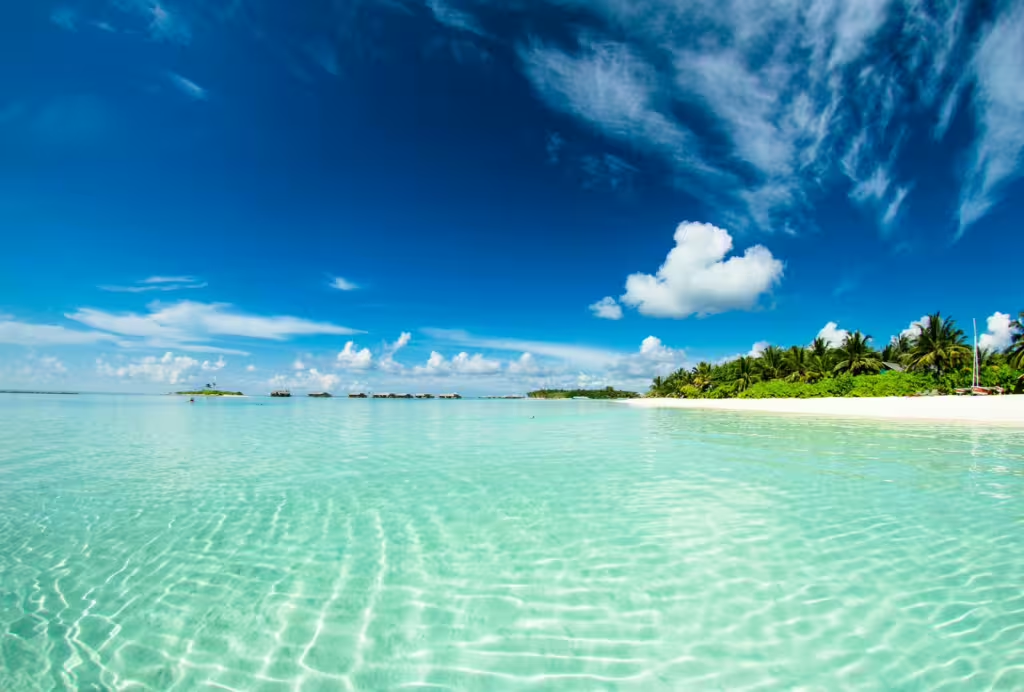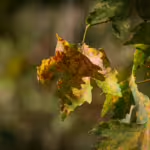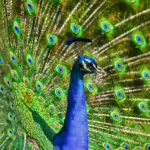Our World Tour takes us to more than a few different places today, though all of them are located in the Indian Ocean; the focal pint of our journey today. We have been to at least one of them, though it requires more of second look at the very least. The others, meanwhile, are as unique and mysterious as those pulled from fiction or fantasy.
The Indian Ocean stretches between Africa, Asia, and Australia. It is the third-largest ocean on Earth, covering more than 27 million square miles. Not only is it home to thousands of scattered islands and island chains throughout, some formed by volcanoes, others springing from coral reefs, and others pieces of larger continental structures. This ocean is also so vast that touches the coasts of over 30 countries. Moreover, this blue jewel is home to some of the most fascinating creatures on the entire planet. Each species and indeed, each island, tells a tale of adaptation and isolation.
In this article, we will embark upon an incredible tour of this region. And while we will not explore each one in extreme detail, we will give a real birds’ eye view of these remarkable ecosystems and the incredible critters that have evolved to call them home.
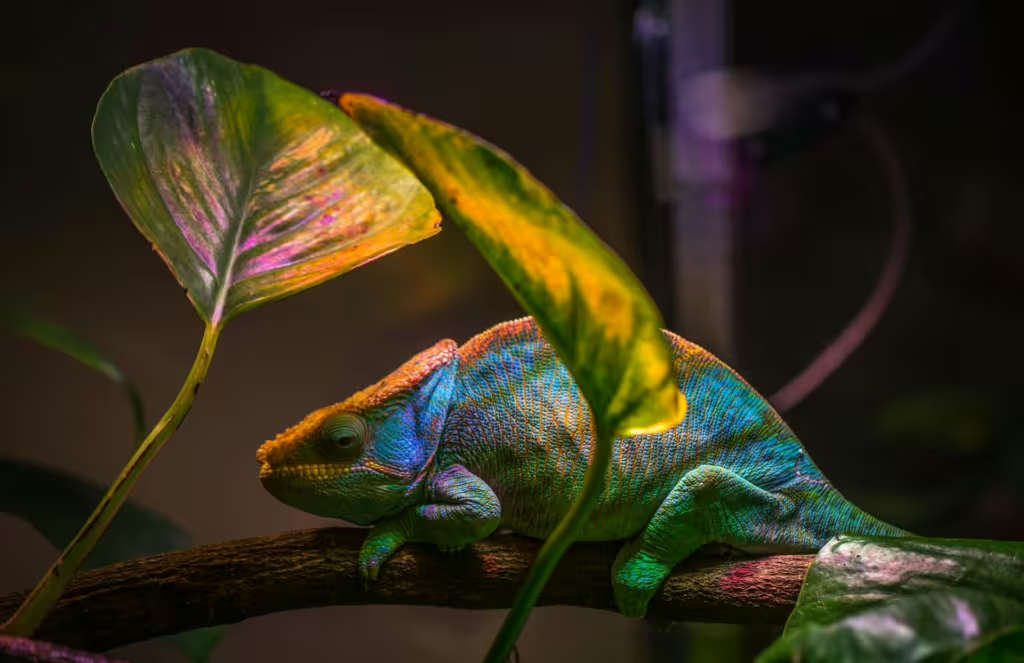
The Marvels of Madagascar
In some circles, the island ecosystem of Madagascar is considered to be an “Eighth Continent” all its own. This isn’t just due to the size of island, but because of its unique wildlife; most of which cannot be found in any other place on the planet. Madagascar first separated from Africa around 160 million years ago and when it did, the animals on it had to find their own way to fill ecological niches. In time, a singular ecosystem came to be, populated by specializations and adaptations that made it hum with a natural rhythm all its own.
Land of Lemurs
The island’s most famous residents are the lemurs, primitive primates that are found nowhere else on Earth. Lemurs come in all shapes and sizes, exhibit a host of different morphological adaptations and behavioral adaptations, and are synonymous with the island’s close connection to the theory of evolution.
Forests Full of Color
Madagascar’s forests are not only alive with the sound of lemurs, they are a riot of color. Chameleons are also enedmic to this place and many of the world’s most iconic species are found here — nearly half of all known chameleon species, in fact. In addition, Madagascar has its own array of day geckos, leaf-tailed lizards, and frogs, all of which add to the extant diversity of the island.
Life Underwater
Madagascar’s coast is also full of life and color. The surrounding coral reefs host thousands of marine species including: clownfish, parrotfish, moray eels, and sea turtles, Meanwhile, huge animals like Humpback whales migrate along the island’s coast, while whale sharks — the world’s species of largest fish — saunter through the surrounding waters.
Stone and Coral in the Seychelles
Speaking of coral, there is more to be had throughout the Indian Ocean. Just to the northeast of Madagascar lies the Seychelles, an archipelago composed of a whopping 115 islands. There are two main groups of islands in the Seychelles, the granitic Inner Islands and the coral Outer Islands.
A Haven for Giant Tortoises
One of the Seychelles’ most famous residents is a long-lived reptile called the Aldabra giant tortoise. This species can grow up to 550 pounds and is found only in the Aldabra Atoll, a place that is itself a UNESCO World Heritage Site. Unlike many island ecosystems, Aldabra is still largely untouched by humans to this day.
Birds of the Sky and Shore
The Seychelles is an avian paradise. Species like the near-extinct Seychelles magpie-robin, the fairy tern, and both the Seychelles warbler and Seychelles blue pigeon are endemic to this region. Their unique coloration and adaptations remind us even more how isolation can create truly unique forms of life.
Coral Kingdoms Beneath the Waves
The coral islands of the Seychelles are home to score of shoals. Groups of butterflyfish, angelfish, and wrasses dart to and fro within the coral branches, while hawksbill turtles glide gracefully overhead in search of jellyfish.
The Maldive Paradise
Beachgoers and vacationers in the audience will be familiar with the Maldives, but most will not realize how extensive this exceptional ecosystem truly is. The Maldives is composed of 26 atolls and 1,192 tiny islands and it stretches across the equator southwest of India. The reason most people don’t know about all of these islands is that the vast majority of them are only a few feet above sea level, and have sunken quite significantly as a result of climate change.
Life on the Reef
The sinking islands themselves are surrounded by a vast array of coral reefs. The Maldive reefs can be counted among the richest in the world and are home to more than 1,000 species of fish and 200 different types of coral. Predators like reef sharks and moray eels hunt the reefs themselves and gentle manta rays soar through the shallow waters.
Many local human populations fish off the reef for sustenance but rising seas, coral bleaching, and warming waters have had shrunken fish populations and made life difficult for those who call this place home. The tourism industry, which the Maldives depends on in many ways, has also suffered. Still, conservation efforts are being enacted to preserve the reefs and the wildlife therein.
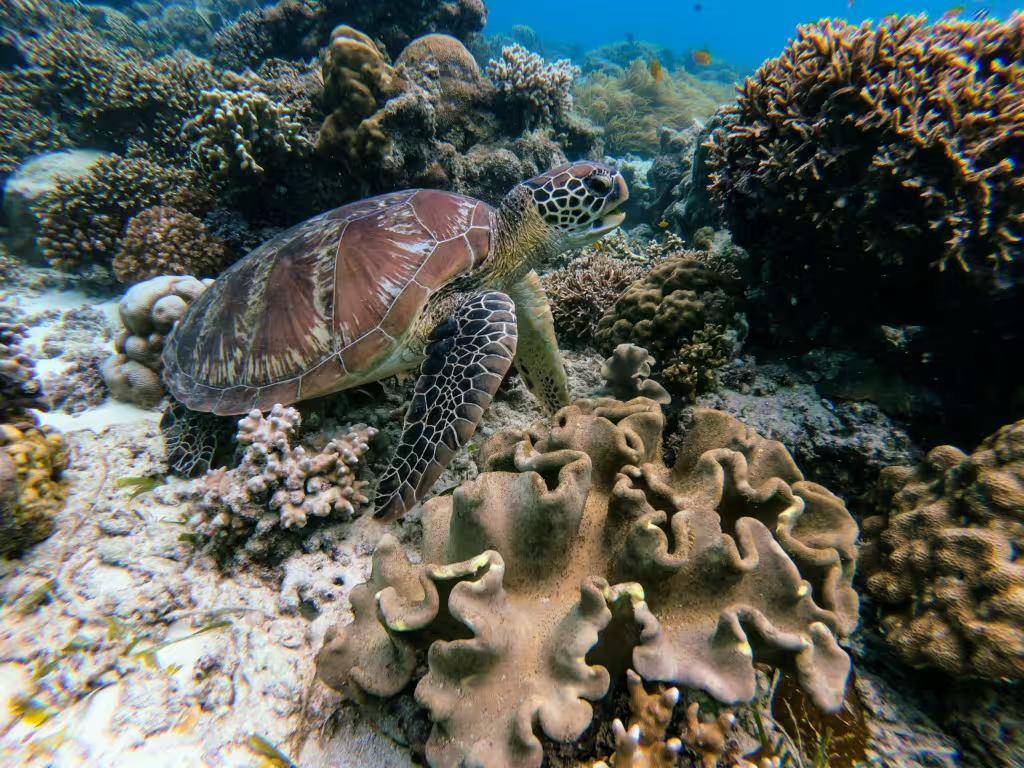
Mauritius and Réunion: The Volcanic Twins
Just east of massive Madagascar lie the neighboring islands of Mauritius and Réunion. These two volcanic islands emerged from the sea millions of years ago and were mostly untouched by man until late into the 17th century. Sadly, the arrival of humans heralded the end of some of the islands’ most iconic species; first among them, the legendary Dodo bird.
Mauritius: From Extinction to Recovery
Flightless and unafraid of predators the poor dodo was unprepared for the arrival of man in the 1600s. It was hunted to extinction within 100 years and remains an abject lesson on the fragility of endemic species and the callous greed of mankind. These days, the lessons from that loss have rendered Mauritius a world leader in wildlife conservation. One example of this is the Mauritius kestrel, a bird that was at one time reduced to just four individuals in the enture world. Since the 1970s. breeding programs have helped bring the kestral, as well as the pink pigeon and echo parakeet, back from the very precipice of extinction.
Réunion: Fire and Forests
Réunion, meanwhile, still houses an active volcano. The Piton de la Fournaise is one of the world’s most accessible volcanoes and the island where it sits is covered in lush rainforests, deep gorges, and tumbling waterfalls. The island of Réunion is rife with life, as are the surrounding waters, which are home to impressive marine icons like dolphins, whales, and sea turtles.
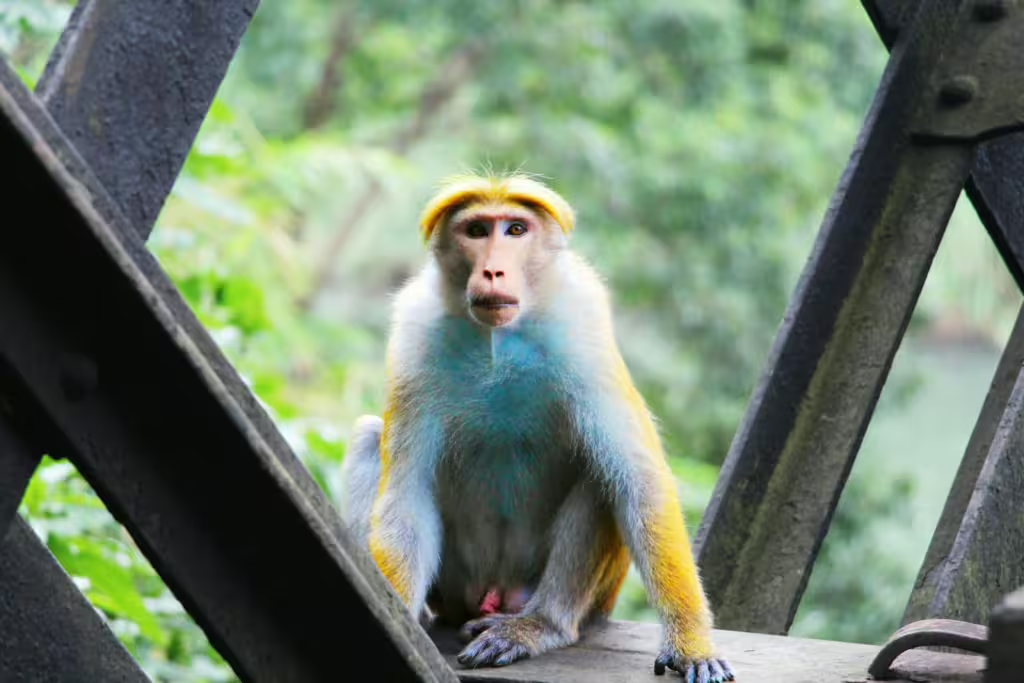
The Emerald Island of Sri Lanka
Just off the southern tip of India lies the island of Sri Lanka, a place that is sometimes referred to as “Pearl of the Indian Ocean.” Upon this island, a vast array of ecosystems rise from the sea, from rainforests and mountain cloud forests to dry plains and mangrove swamps.
Elephants, Leopards, and Reefs
The island itself is home to Yala National Park, a place famous for its leopard population. Meanwhile, Udawalawe and Minneriya are known for hosting large herds of Asian elephants. Mangroves on the islands themselves are perfect nurseries for shrimp and crabs. Sri Lanka’s seas are home to rich coral reefs full of parrotfish, butterflyfish, angelfish, and many other aquatic species.
True Investigator Says…
As you can see, though we have barely scratched the surface of the many habitats in the Indian Ocean, it is clear that the entirety of this vast region holds so much more than one might assume just looking at a map. In many ways, the marine and island ecosystems of this area remind us that nature is resilient and fragile all at once. Adaptation and specialization work hand-in-hand in the Indian Ocean, weaving life together into a balanced tapestry of color and life.
Sadly, like many of the world’s most unique, specialized ecosystems, the Indian Ocean is under threat thanks to human callousness. Yet, so long as we work to mitigate the damage we have already done and work even harder to prevent ourselves from doing more, we may yet protect this region. If we do that, then perhaps the Indian Ocean will continue to inspire wonder for generations to come!
Discover more from TrueInvestigator
Subscribe to get the latest posts sent to your email.
